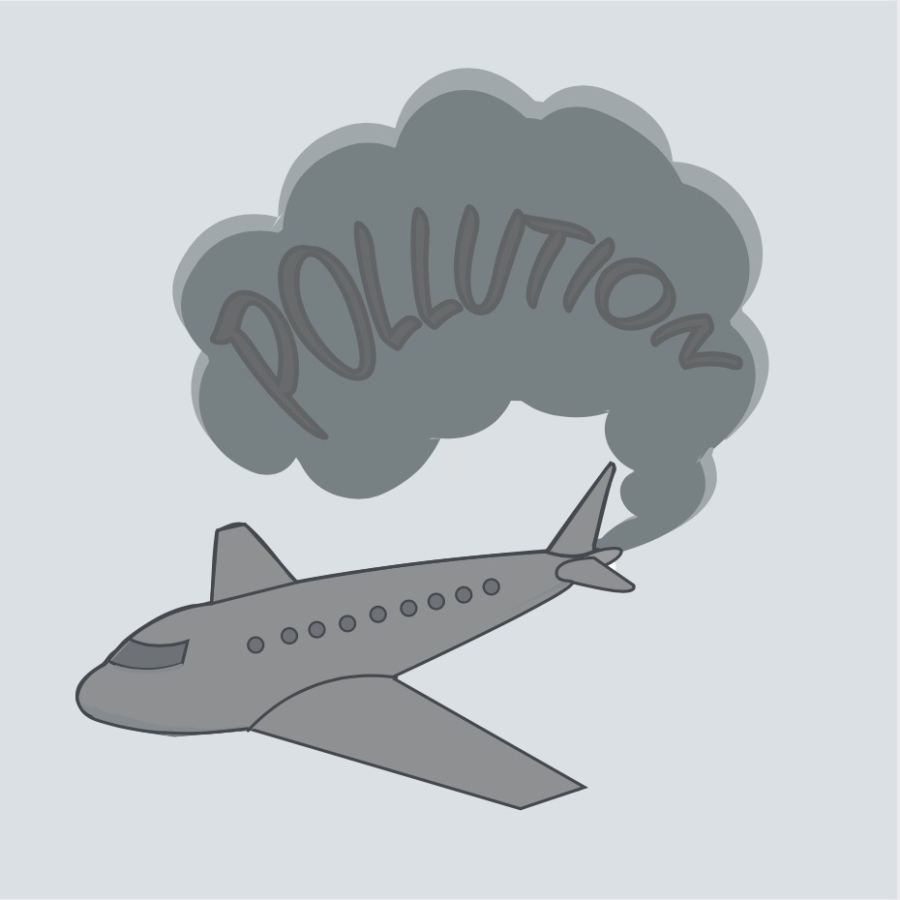An illustration of an airplane’s emissions. Almost 200 nations agreed on Oct. 7 to lower carbon emissions from airplanes by 2050.
200 nations commit to lower airplane emissions
Almost 200 nations agreed on Oct. 7 to lower carbon emissions from airplanes by 2050 in meetings overseen by the U.N.’s International Civil Aviation Organization (ICAO), a notable step towards their goal of net zero emissions. In the past, companies have attempted to lower carbon dioxide emissions by planting trees, but they would need to augment their efforts if they wanted to reach a point where air travel no longer contributed towards climate change. The ICAO’s initiatives entail either investing in more fuel-efficient planes or reducing air travel itself, and emissions would need to peak and start decreasing by 2025. However, the ICAO’s goals are not necessarily going to be successful. They have no authority to set policies, and no specific airlines or countries received assignments to lower emissions, so future decisions are up to the member nations. The U.S. passed the Inflation Reduction Act earlier this year, which includes subsidies for airplane fuel; in addition, the EU also proposed new policies, including taxing carbon emissions, and French politicians advocated for banning short flights, to meet these goals. However, India and China, two of the world’s largest contributors to airplane emissions, argue that their air carriers cannot achieve net zero emissions until 2060 or 2070. Although some nations are more committed to the emissions target than others, their collective acknowledgement of the issue remains a step forward in combating climate change.
